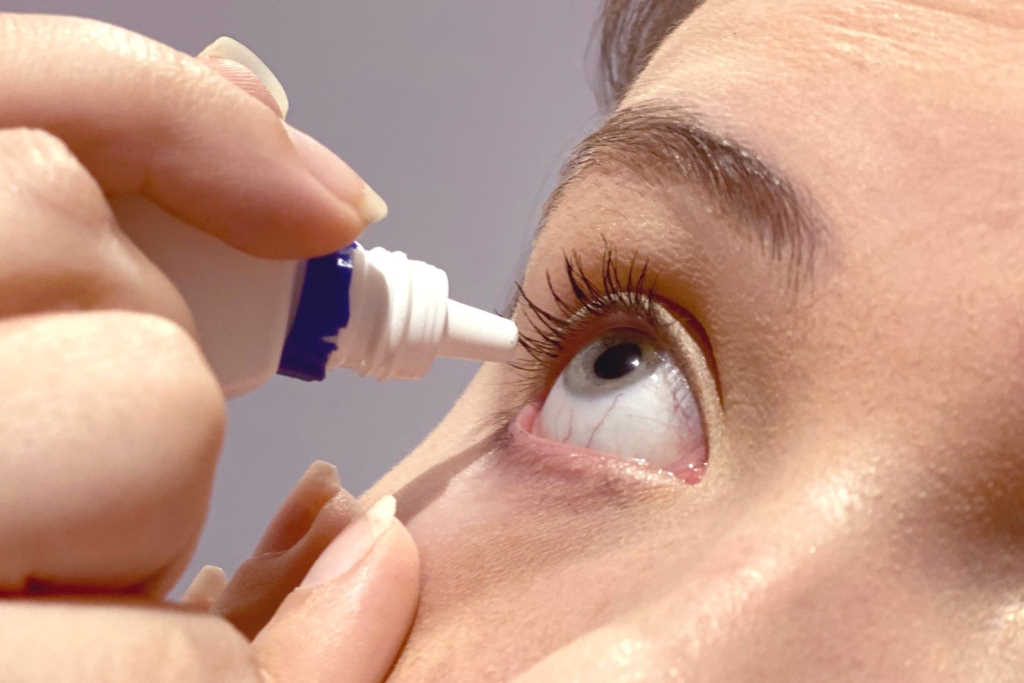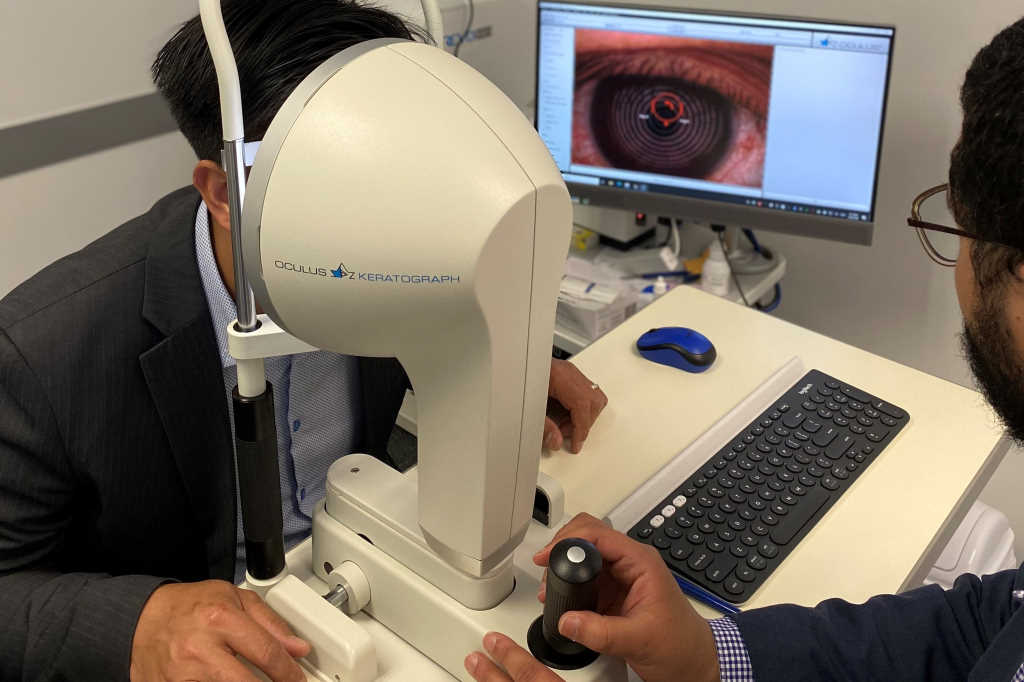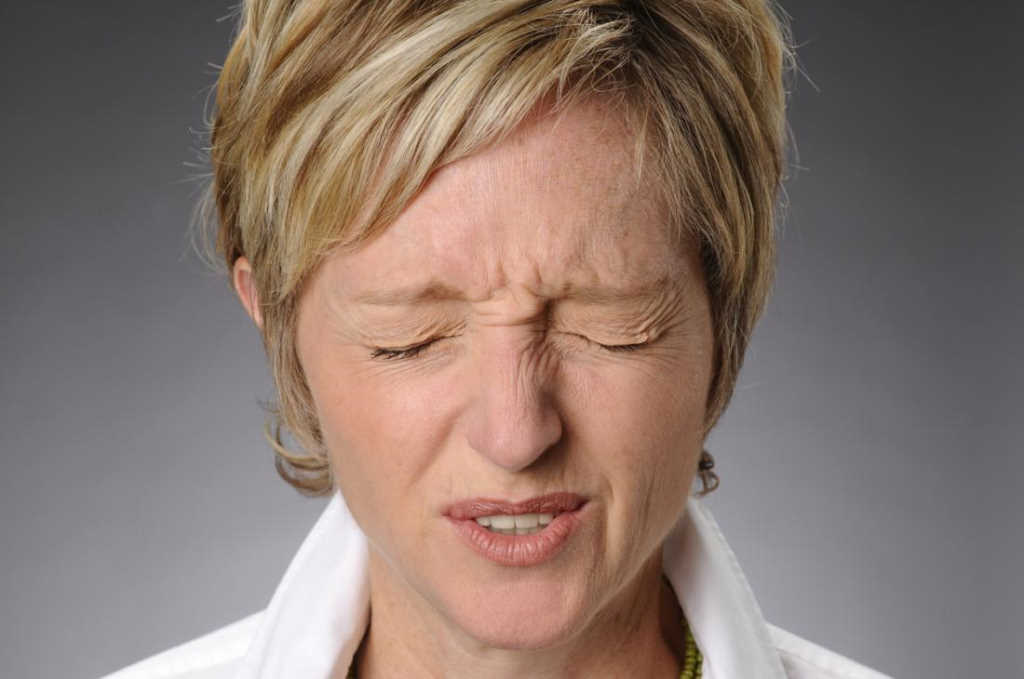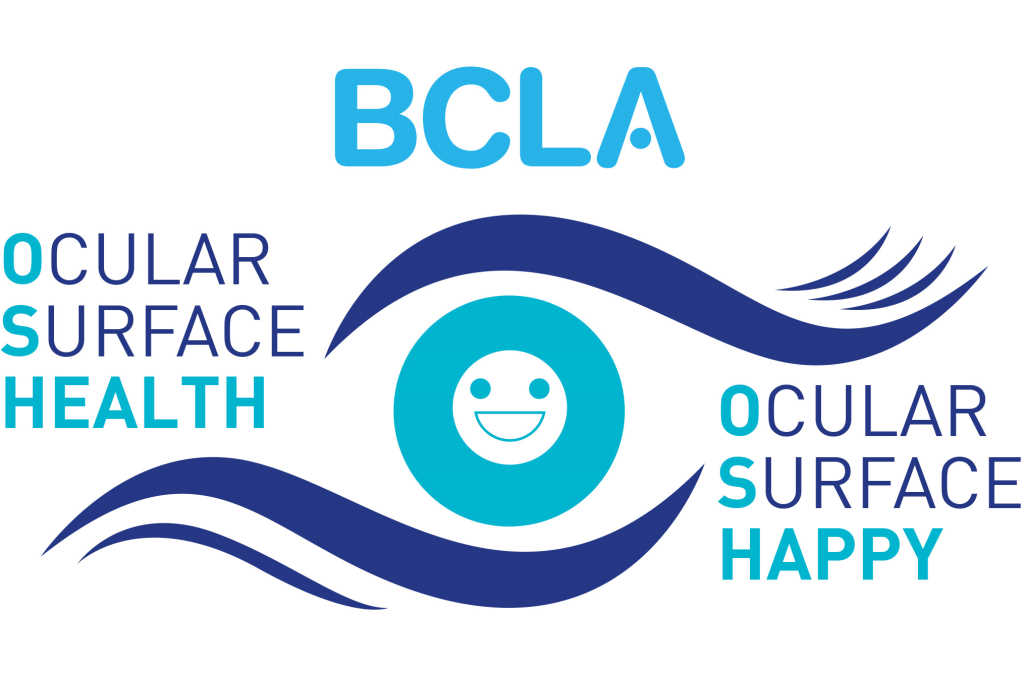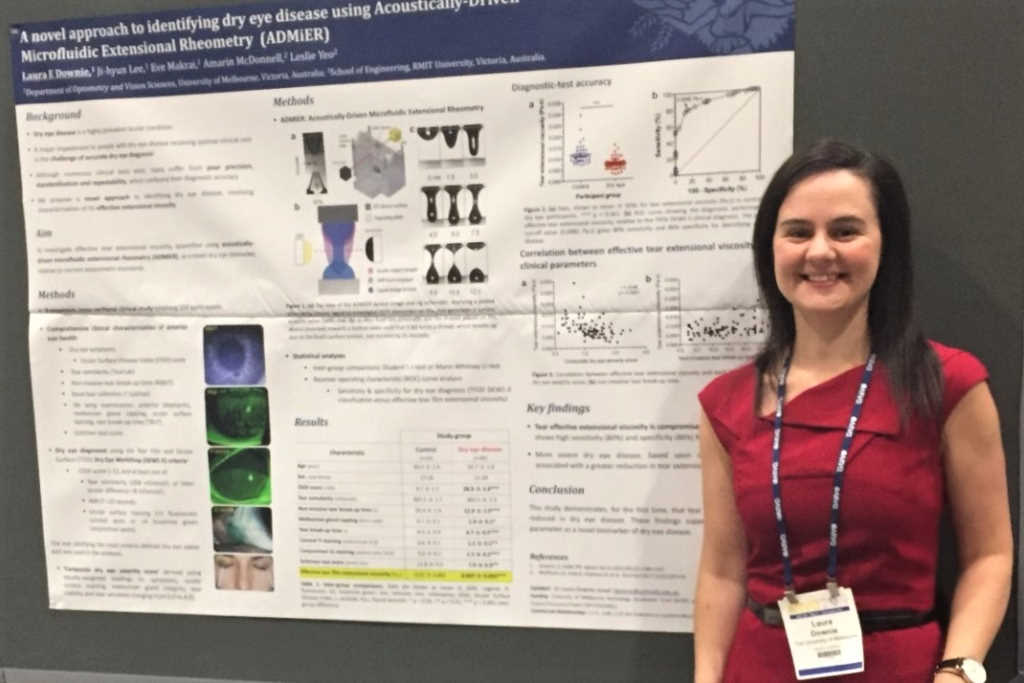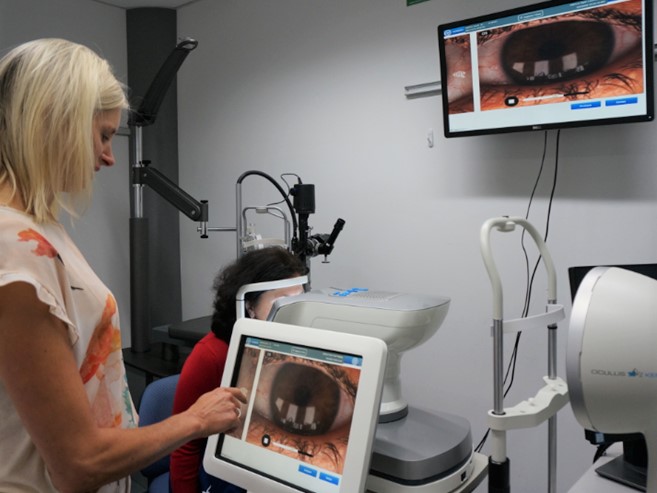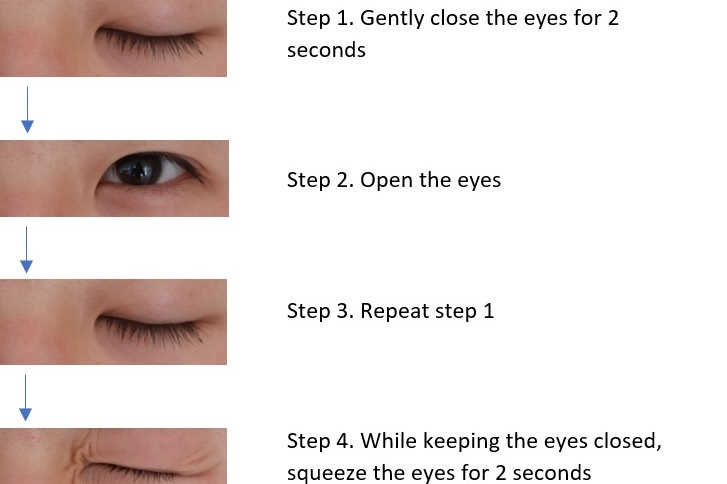Ocular surface changes over time
Dry eye disease (DED) affects approximately one in three New Zealanders. As clinicians, it’s critical that we accurately diagnose and manage this impactful disease. Left untreated, DED is detrimental to patients’ quality of life with its impact ranging from intermittent ocular discomfort to more serious psychological effects, such as depression.
The TFOS DEWS II report improved our understanding of DED and identified knowledge gaps, prompting further research. For example, we now know that most patients suffer from an evaporative form of dry eye and that the disease is perpetuated by entering a vicious cycle of worsening clinical signs and symptoms over time. However, our understanding of the early, or preceding stages of this cycle, is still relatively limited.
Research from the University of Auckland’s Ocular Surface Laboratory (OSL) has significantly advanced our knowledge about the natural history of dry eye disease, identifying the order and progression of ocular surface changes¹,². While meibomian gland morphological features identified in paediatric populations in this research, indicate an earlier disease onset than previously thought. To facilitate better management and prevention strategies in future, we must seek to improve our understanding of the onset and evolution of DED as well as the key risk factors.
For my masters’ project, I will be undertaking a longitudinal, long-term study of tear film and ocular surface changes in a cohort of young participants. Annual assessments of university students will be conducted and will include the evaluation of lifestyle factors, such as diet and screen time, ocular symptoms, as well as anterior segment assessments. By identifying the progression of ocular changes over time, this study is expected to complement our understanding of the natural history of DED and contribute to our ability to detect risk factors earlier.
References
- Wang MTM, Craig JP. Natural history of dry eye disease: Perspectives from inter-ethnic comparison studies. Ocul Surf 2019; 1–10.
- Craig JP, Wang MTM, Muntz A, Lim J, Kim JS et al. Ageing and the natural history of dry eye disease: a prospective registry-based cross-sectional study. Ocul Surf 2020; in press.
Bhavna Patel is a professional teaching fellow in the School of Optometry and Vision Science and part-time MSc student with the OSL at the University of Auckland.











